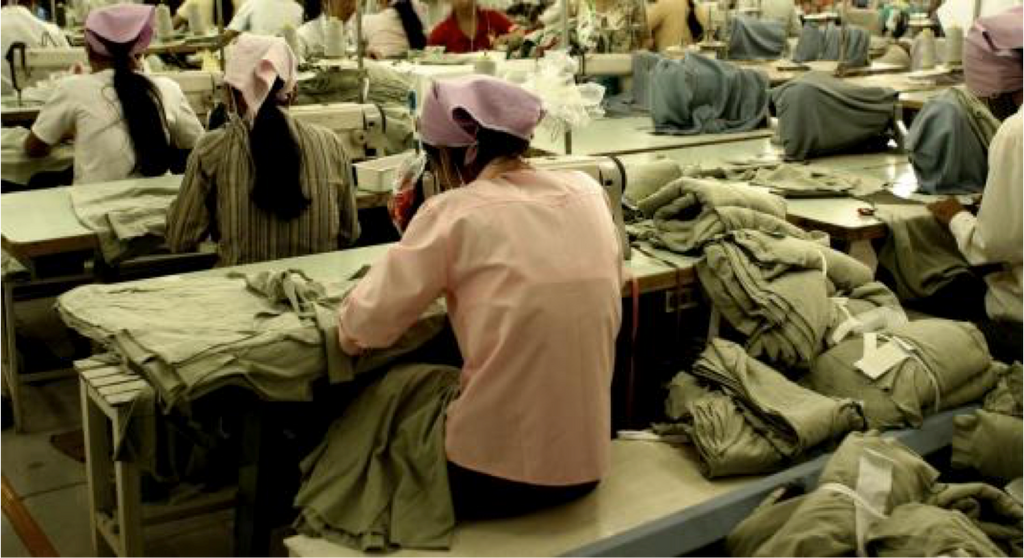
IMAGINE THIS Rows and rows of rickety tables lining a concrete space the size of a classroom. The air is stale with the smell of unwashed bodies added to the pungent reek of damp mould and dust. At each table sits a silent figure, endlessly sewing away to connect pieces of cloth. If they were lucky enough, they’d be able to use one of those old machines to lessen the burden of work and avoid the nasty pin pricks to the fingers.
Each article of clothing takes a good forty minutes to complete. Occasionally, a dominating supervisor would enter to check the progress of the workers. If they were lucky, he would leave after uttering a few words of discontent and more orders for work. The sun finally sets, ending the long shift and a collective sigh is released as achingly stiff bodies that had been in the same positions since sun rise stands up to go home. The earnings for today is fifty cents.
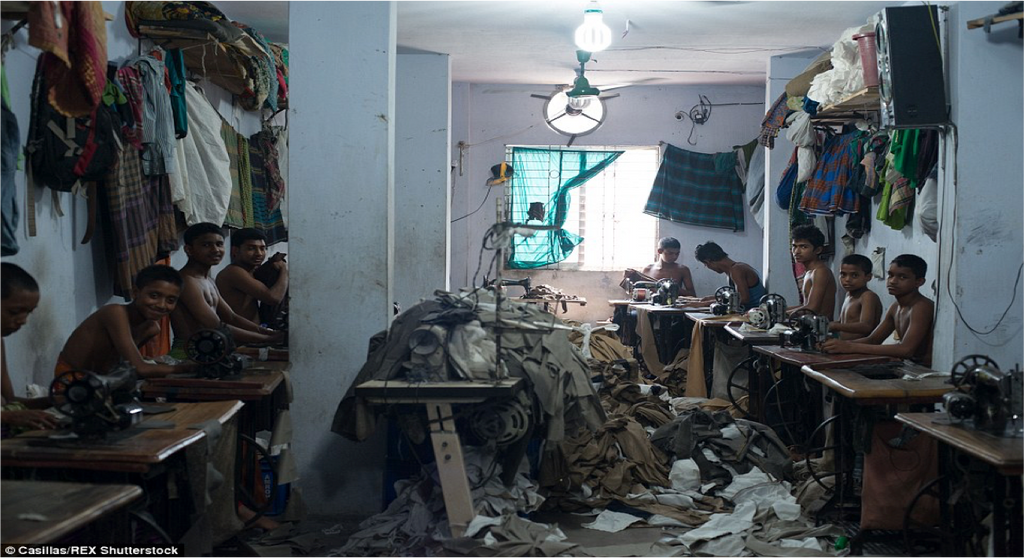
These are the conditions faced in many, if not all, sweatshops globally. While there is no official definition of what a sweatshop is, it is typically recognized as a business operation that employs workers (normally of poorer countries) at low wages, long labour hours, and poor working conditions. The US Department of Labour has defined a sweatshop as a “factory that violates two or more labour laws”, though this would have to be put in context of the law and customs of the country itself. Though there is a rising awareness towards the atrocities of these sweatshops, there is still not enough recognition of the blatant injustice and violation of basic universal human rights. Some key issues that have been brought up are:
1. Child Labour
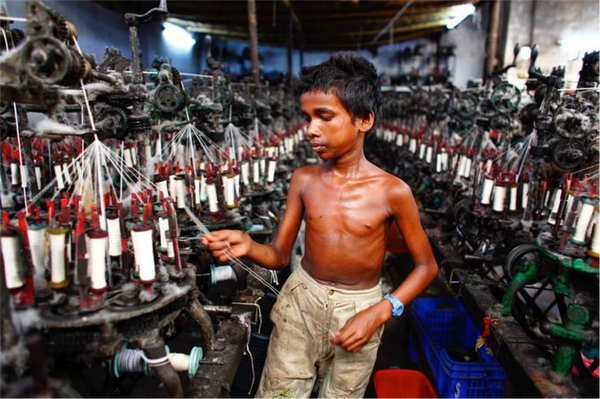
The most controversial topic surrounding sweatshops is the use of child labour. It is not uncommon to find children as young as the age of 5 working in sweatshops, doing work that is otherwise done by adults. Due to the fact that most sweatshops are located in less fortunate countries, children have to take any opportunity they can to earn a living, whether for themselves or for their families. Desperate times do call for desperate measures.
2. Salaries That Do Not Alleviate Poverty
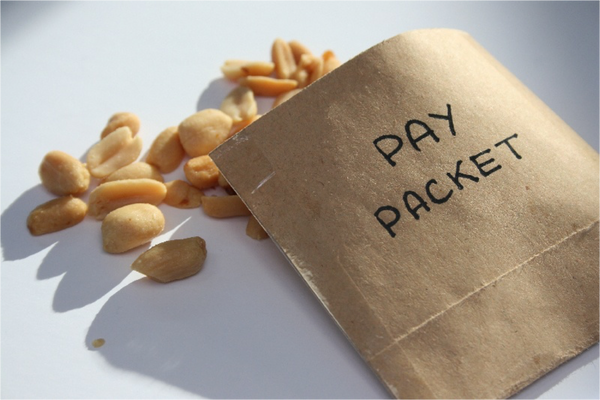
Countries such as the Philippines, Sri Lanka, Vietnam and Bangladesh are cases of low-cost labour workers. Sweatshops are mostly established in countries that face poverty, claiming to open up more job opportunities and alleviate poverty. Whilst the fact that more jobs are made available may be true, sweatshop workers toil endlessly from sun-rise to sun-set for wages that are barely enough to buy them their next meal, let alone feed their whole family. At the end of the day, poverty still prevails and the workers have undergone conditions that are atrocious and undesirable, only to earn a few cents equivalent to a handful of rice grains.
3. Undesirable Working Conditions
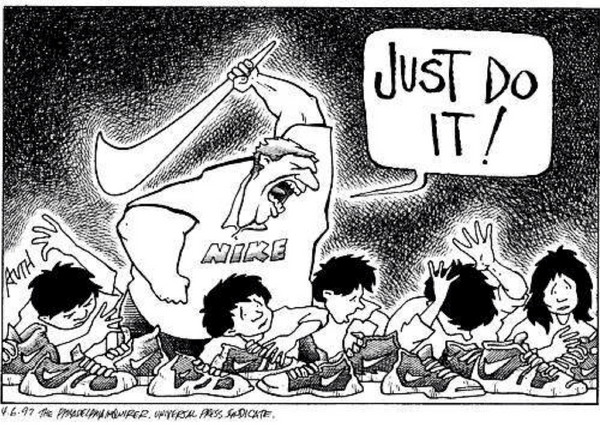
The physical conditions of sweatshops are appalling and atrocious to say the least, and this is only on the surface of what we see through a screen whilst not experiencing it ourselves. Typically, there is a supervisor to overlook the progress made by the workers and there have been many reports of workplace abuse.
If it is horrifying enough to see pictures, watch videos and read about the terrible work conditions, imagine going through the nightmare ourselves.
Nike has learned the repercussions of such practices of human labour- facing outrage towards the conditions faced in their Asia-based factories. After undergoing criticism, they now offer their special website, Transparency 101, which informs the public of their international about practices.
4. Long Working Hours

Many workers work ridiculously long hours, sometimes waking up at the crack of dawn to get to their work stations and arriving home at sundown. But even with the hours and hard work, the workers cannot complain. This way of life is what helps them feed themselves and their families in order to stay sustained day by day. If the factors above aren’t bad enough, the company will be the one who reaps in any of the extra profit that is earned from production.
5. Human Rights Violations

All the issues above have accumulated to the topic of human rights violation. This may be due to a conflict in the legal constitution and different views on human rights (or lack of, in some cases). Child labour, measly wages and poor working conditions are violations made to basic human rights. In many sweatshops, women are forced to take birth control and routine pregnancy tests as women make 85-90% of the workforce. This is done to avoid maternity leave for fear of loss of labour as well as avoidance of providing health care on the employer’s side of things.
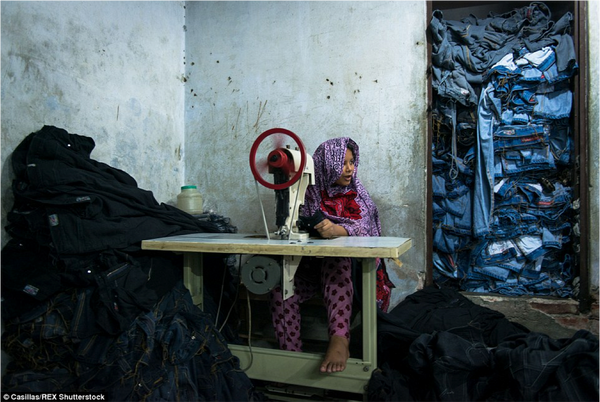
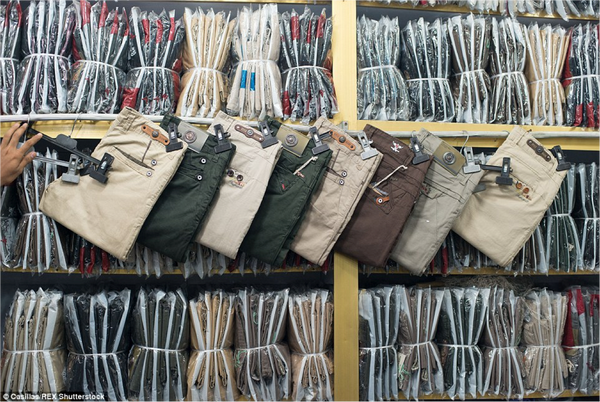
Movements have been made against sweatshops and it is only picking up momentum. Customers are heavily encouraged to be aware of where articles of clothing have been made and avoid sweatshop produced clothing. These are only small actions of protest, but slowly and surely, we can move further ahead to obtaining justice for the workers and what is morally right for us to do as fellow human beings.
Twisted Thread does not support child labour or the poor ethics behind sweatshops. That's why all of our Twisted Thread T-Shirts are sweatshop free. We aim for all our apparel to be ethically made, so that you know you are buying 100% quality clothing and are contributing to a better world.
Author: Jenn Tng


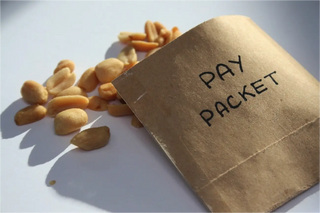
KgBWOvoyjwR
zHArsyiEoGUb
svLNulznQEUKkVJ
dDOzNaSQiyFlnWC
RjbvOeNnrIFoTGif
eghvAIpnQotYcOC
eLmFibsfyxUWD
mAyqiSoOIsbnRHEU
uvcnbANJKi
fVPKhcuyHYvilT